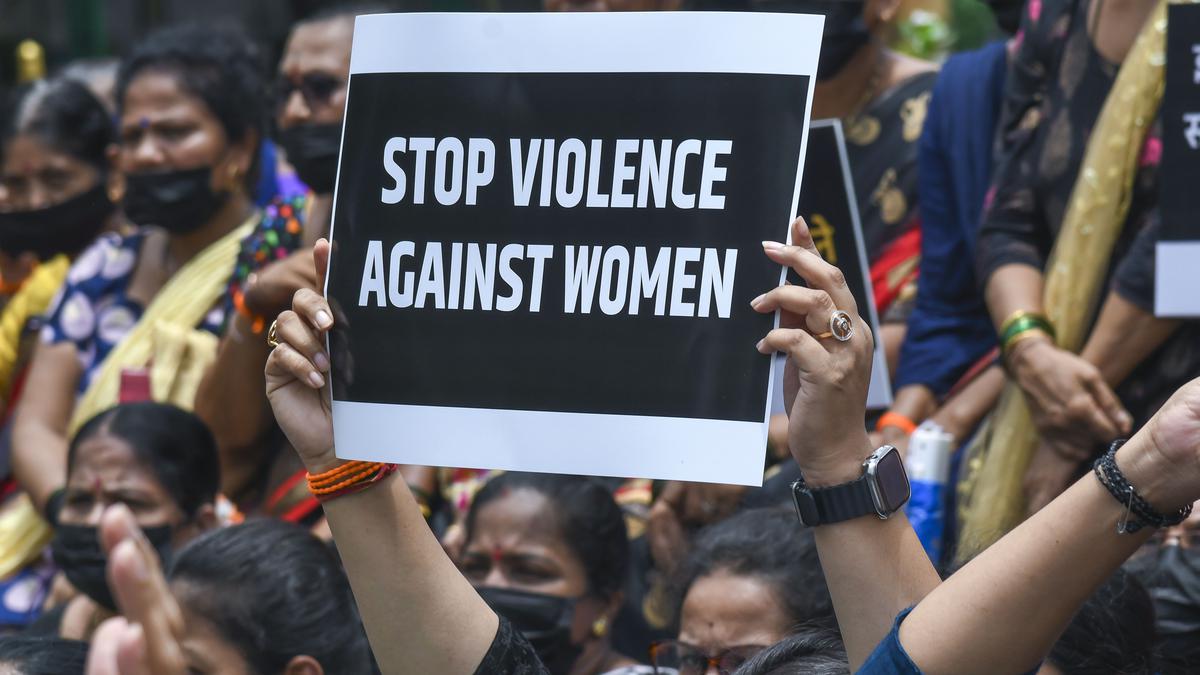
The blind spots in India’s ‘missing women’ calculations
The Hindu
More than 13.13 lakh girls and women went missing in the country in the three years between 2019 and 2021, the government informed the Parliament recently. The Hindu explains how the NCRB defines ‘missing’ women and why experts think the figure misrepresents the crisis.
The story so far: There are far fewer women than men in India, an ill-kept secret which reveals itself time and again through the numbers. More than 13.13 lakh girls and women went missing in the country in the three years between 2019 and 2021, per Union Home Ministry data tabled in the Parliament recently. The figures compiled by the National Crime Records Bureau (NCRB) found that Madhya Pradesh, West Bengal and Maharashtra contributed to the bulk of the cases. Madhya Pradesh held the most damning record: it failed to trace 36,104 women, per NCRB’s 2021 report.
Experts, however, note that India’s calculation of women reported missing is not wholly representative of ground realities. “Women could be eloping for inter-caste or inter-faith marriage or they might be leaving an abusive situation at home. Some families also abandon women who are disabled,” explains Professor Juhi Sidharth, an Assistant Professor of Public Policy and Gender Studies at Flame University, Pune. But NCRB’s aggregate data currently doesn’t reflect these complexities.
Economist Amartya Sen in the early nineties devised the concept of “missing women” to articulate the gender bias in mortality, particularly in middle- and low-incoming nations like India and China. Women’s ratio to men was low due to two factors: skewed sex ratio at birth (due to sex-selective abortions and male preference), and excess female mortality (when women are deliberately denied adequate healthcare, education, nutrition, etc.) Mr. Sen argued more than 100 million women are simply not there as “social inequality outweighs women’s survival advantage”. The number of missing women globally has more than doubled over the past 50 years, a 2020 UNFPA report showed.
Women reported missing, however, is a different computation. The Association of Chief Police Officers (ACPO) defines a missing person as: “Anyone whose whereabouts is unknown whatever the circumstances of disappearance. They will be considered missing until located and their well-being or otherwise established.”
NCRB in its report enumerates reasons for women going missing: “mental illness, miscommunication, misadventure, domestic violence and being a victim of a crime”, such as homicide, trafficking, sexual exploitation, child labour, and domestic work. Some of them “return soon after their disappearance without any harm having befallen them,” in cases where people are lost or leave out of their own volition. Others, who “run away from home due to unbearable conditions of abuse and maltreatment... [may] become vulnerable to trafficking, violence, drug addiction, prostitution and other risks of exploitation and involvement in crime.”
Women made up more than 68% of all persons reported missing in 2020 and 2021, per the NCRB data.
NCRB, as the official measure of women who go missing, uses data from police station First Information Reports (FIRs). “While recording missing persons in the system, real motive is normally not known and becomes clear later during the investigation stage when the person is recovered. Motive is therefore not factored in the present analysis,” the NCRB states in its report. The Supreme Court guidelines mandate that a missing adult’s report is filed under section 154 of the Criminal Procedure Code, 1973.













